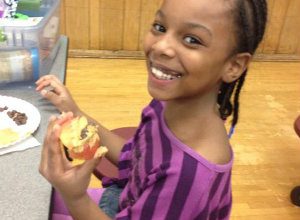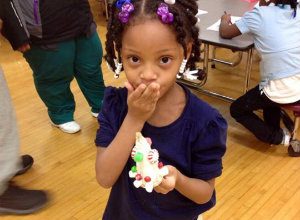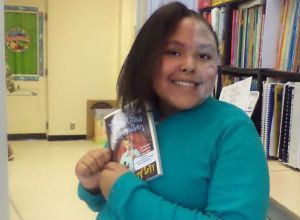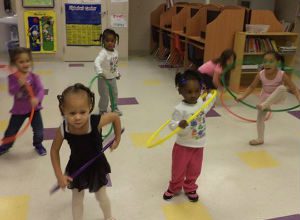Activities That Help Young Children Develop Gross Motor Skills
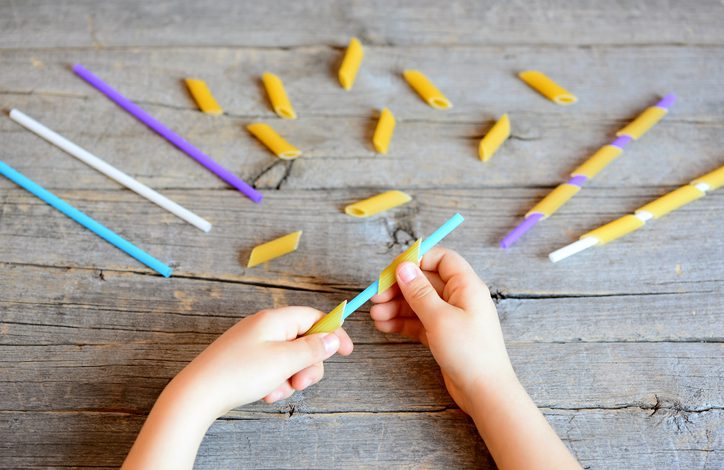
Gross motor movements involve the use of large groups of muscles to help children walk, run, jump, skip, kick, and more. As children develop, they should become more adept in movements that rely upon gross motor skills—and VeryWellFamily.com offers a series of general benchmarks by age.
Benchmark examples include:
- Age 3: Pedaling a tricycle without help
- Age 4: Using alternate feet to walk up the stairs
- Age 5: Hopping on one foot
- Age 6: Kicking a rolling ball
Now here are three activities that help children with this skill development.
Activities to Consider
Children, just like adults, learn by doing—which means that play, in general, can help them to build the muscles and develop the coordination needed for gross motor movements.
Understood.org recommends specific games that can help in this development, including these two.
Hopscotch
You can set up a hopscotch board outdoors with sidewalk chalk or indoors in a hallway with painter’s tape. You can even use a stick to draw the pattern in dirt or sand. Different patterns exist for a hopscotch game with one common one having ten numbered squares with its seven rows alternating between those with one number and those with two.
Rows with one number require the child to hop on one foot while rows with two allow the child to place one foot in each side-by-side square. A child tosses an object (rock, beanbag, even a coin) and, if it lands on the right square, the child can proceed to the next step of the game. If the object lands in the wrong spot, another child gets a turn. The first child completing the course wins.
There are numerous variations of the game and, when the goal is to build quality gross motor skills—along with balance—then it doesn’t really matter which version is chosen.
Obstacle Course
Indoors, you can use pillows to create a course that a child must navigate without touching any pillow. Outside, you can use hula hoops or whatever else you’d like. Once a course is set up, challenge your child to run, jump, crawl, hop or otherwise move through the course. As with hopscotch, the specifics of the course design may matter less than the fact that children can strengthen their gross motor skills while having fun.
As your child masters a course, you can add to the complexity in enjoyable ways. TheInspiredTreehouse.com suggests giving your child an object to carry while navigating pathways or setting time limits for course completion. You can also combine your obstacle course with another game that builds gross motor skills: Red Light, Green Light. Say “red light” and your child must stop on a dime. Say “green light” and they must get right back into motion.
Simon Says
NAPACenter.org, a website for therapists who create customized programs for children, notes how Simon Says helps children to move in requested ways. Examples could include “Stand on your right foot” or “Use your arms to make the letter ‘O’.” You can model body poses, the site recommends, and then have your child mimic what you’re doing.
This game, like the others above, allows for plenty of flexibility in how your children play the game, being ideal for individualized joyful play.
Bubble Tots Education Centers Toddler Care
Bubble Tots Education Centers offers a toddler care program that ensures the development of your baby. If you’re interested in learning more about it, contact us today.


